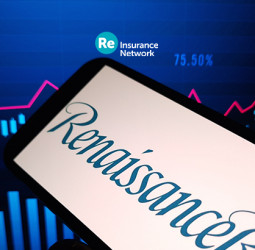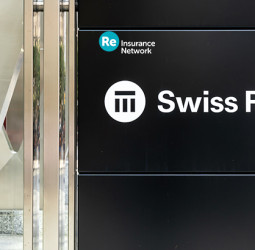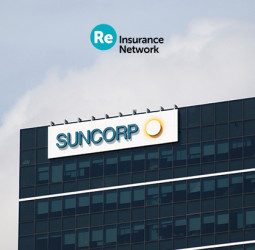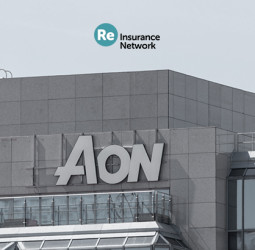The potential for subrogation recoveries could determine whether insurer Mercury classifies the recent Los Angeles wildfires as a single event or two separate events under its reinsurance coverage. This depends on whether a utility is found responsible for its equipment igniting one of the fires, according to the company’s CEO.
Previously, Mercury stated that losses from the California wildfires would surpass its $150 million reinsurance retention. At the time, the insurer had yet to decide if the Eaton and Palisades fires would be treated as one or two events under its reinsurance policy—a distinction that would influence its recoveries.
Mercury initially estimated that gross catastrophe losses, excluding any FAIR Plan losses, would range between $1.6 billion and $2.0 billion. Meanwhile, net catastrophe losses, after factoring in reinsurance recoveries but before taxes, were projected at $155 million to $325 million.
During the company’s recent earnings call, CEO Gabe Tirador revealed that Mercury has a strong subrogation case for the Eaton fire and intends to pursue it. However, the Palisades fire was not mentioned, suggesting a lower likelihood of subrogation recovery, as no legal action has been taken.
“We have strong video evidence and other proof indicating that utility equipment was responsible for the Eaton fire. We estimate potential recoveries between 40% and 70%,” Tirador stated.
He further noted that, in previous wildfire incidents caused by utility equipment, Mercury had sold its subrogation rights but has not yet decided whether to do so for the Eaton fire. There is significant interest from buyers in acquiring these rights.
CFO Ted Stalick added that since 2017, insurance companies, including Mercury, have recovered funds from approximately 15 wildfires linked to utility equipment, with payouts typically ranging between 55% and 70%. He acknowledged the strong interest in Mercury selling its subrogation rights but emphasized that selling would likely yield a lower amount than full recovery.
“There is compelling video evidence showing utility lines arcing and the fire igniting at the base of a transmission tower. We plan to aggressively pursue subrogation, particularly for the Eaton fire,” Stalick emphasized.
CEO Tirador further explained that Mercury’s subrogation potential makes it less likely that the company will classify the fires as two separate events, though the option remains open. He expects a decision on this matter soon.
Previously, questions arose about Southern California Edison’s possible role in the fires, with its equipment potentially being a cause. Meanwhile, Mercury’s privately placed catastrophe bond deal, Randolph Re, issued in July 2024, provides $45.5 million in collateralized reinsurance protection against wildfire losses in California and is currently considered at risk.
Other insurers facing wildfire-related losses are also factoring subrogation into their financial assessments. However, subrogation claims can take months due to legal complexities. Additionally, insurers can sell these claims to investors, which can further complicate the valuation process and impact reinsurance capital recovery.
















Recent Comment
Thank You
Nice Article Brother
Nice blog